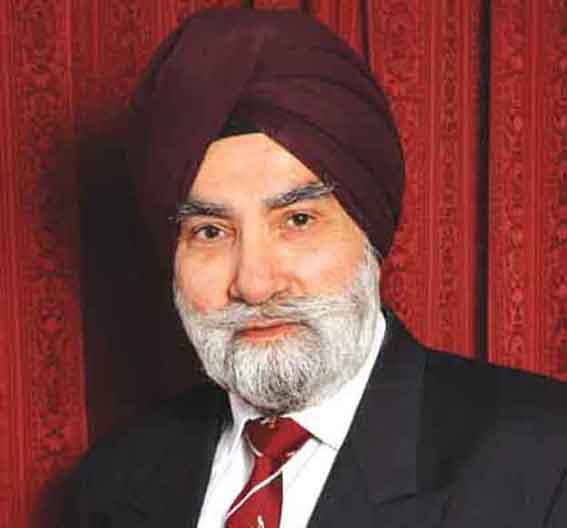Should Koh-i-Noor and SIKH Historical Artefacts Be Returned to India?

For the purpose of this story, we need to bear in mind that India came into being as a nation in 1947. The Sikhs were created a theo-political nation, the Khalsa Panth by Guru Gobind Singh in 1699 &ndash some would argue much earlier. Kartarpur was, in effect, founded as a city-state within a state by Guru Nanak Sahib. Khalsa Raj was the last independent nation in the sub-continent of India to be colonised by the British in 1849 with the support of an army of Purbias (Eastern Indians).
Some years ago, Keith Vaz, a senior Labour MP, argued: There is no excuse for not returning precious items such as the Koh-i-Noor diamond, a campaign I have backed for many years. (The Economic Times 28 July 2015, Return Koh-i-Noor diamond to India, says UK MP Keith Vaz ) Earlier, Congress MP Shashi Tharoor had spoken at the Oxford Union calling for Britain to pay reparations to India for 200 years of its brutal colonial rule.
The continual call for returning historical artefacts including the Koh-i-Noor to India has been repeated recently and I am content to summarise an earlier article response. Return of Sikh heritage items to India is not very amusing for the global Sikh community. For example, the Koh-i-Noor is associated with Maharaja Ranjit Singh, and, especially the last Sikh Maharjah Duleep Singh, who was duped into handing it over to Queen Victoria when he was brought to the UK in 1854. Yet, Keith Vaz did not mention the Sikhs or Maharajah Duleep Singh at all neither do most Indian politicians and journalists.
There have been previous similar requests from leading Indians. Some of these periodical demands to do with compensation for colonial pillaging are understandable. However, at ground reality level, such reparations, if at all, would be limited to return of artefacts of special religious or cultural significance to certain communities. These can be distinguished from a blanket demand by post-partition Indian state for Britain to pay reparations to India for 200 years of its brutal colonial rule. Such a demand lacks credibility.
There is an even more compelling Sikh claim on the Koh-i-Noor diamond and Sikh heritage artefacts taken from the Sikh community. I think the issue is important, because it also touches on other 1984 related Sikh concerns about destruction of irreplaceable Sikh heritage including the Reference Library at Darbar Sahib. Thousands of priceless Sikh heritage documents and artifacts have been destroyed or are missing. In any case, neglect of Sikh heritage in Panjab and India is worrying.
These were the related issues which I had in mind in 2001, when I briefed John McDonnell MP for Hayes and Harlington in the presence of some leading Sikhs in the area. His speech during the Adjournment Debate, about the Punjabi Community covered most of the points in Hansard of Monday 16 July 2001 Vol 372 No.21 pp 130 & 131.
On 18 July, John McDonnell, sent me a copy of the Hansard (official Parliamentary report) with a covering note saying: You will note that I raised the issue of Sikh artifacts as you suggested.
All Sikh religious and historical artefacts in the UK should be identified - including those taken by Lord Dalhousie, - catalogued, preserved and shown to the world as part of the great SIKH heritage.
Gurmukh Singh OBE
Principal Civil Servant Retd (UK)